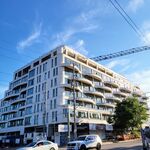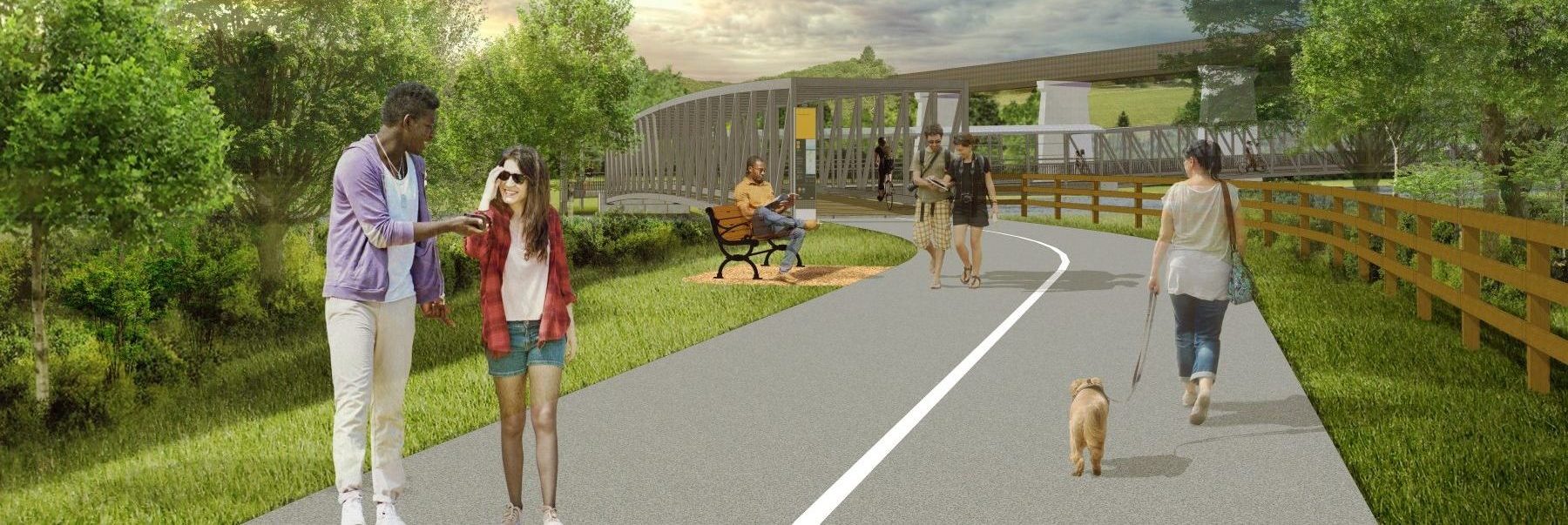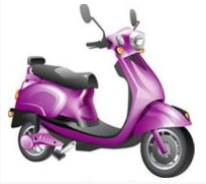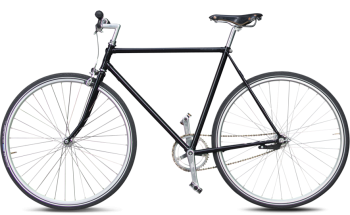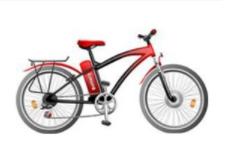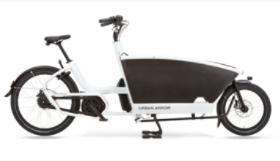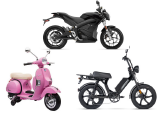Ontario defines an ebike as such:
E-bikes in Ontario must have:
- a maximum assisted speed of 32 km/h
- a maximum weight of 120 kg (includes the weight of the bike and battery)
- an electric motor not exceeding 500 watts
- no modifications to the motor to allow it to exceed a power output greater than 500 watts and an assisted speed greater than 32 km/h
- battery and electric motor securely fastened to the bicycle frame to prevent them from moving while the e-bike is operating
- all electrical terminals properly insulated
- minimum wheel width of 35 mm and minimum diameter of 350 mm
- two independent braking systems that applies force to each wheel and is capable of bringing the e-bike, while being operated at a speed of 30 km/h, to a full stop within 9 metres, on a level asphalt surface, from the point at which the brakes were applied
Anything outside of this is not an ebike but a motorized vehicle.
However in Toronto specifically, they have made a distinction between an e-bike and a pedalec.

www.toronto.ca
Types of E-bikes
pedelec & pedal-assisted cargo E-bikes
Pedal-assisted (“pedelecs”) are e-bikes requiring pedaling for propulsion (i.e., the power is cut to the motor when the rider stops pedaling). These are treated like bicycles in the Toronto Municipal Code if they weigh less than 40kg and require pedaling for propulsion, and may be used on roads and all types of cycling infrastructure: painted bicycle lanes, cycle tracks (separated bike lanes) and multi-use trails and paths.
Pedal-assisted cargo cycles are legal for use in Toronto on roads, painted bike lanes and cycle tracks.
Power-assisted (throttle only)
Power-assisted are E-bikes that are capable of being propelled solely by its electric motor (throttle only). Power-assisted E-bikes may be bicycle-style, scooter-style or moped-style and regardless of style of appearance, they do not require any muscular power or pedaling for propulsion.
Power-assisted E-bikes are not allowed on cycle tracks (separated bike lanes) or multi-use trails or paths, because they pose safety risks when mixing with slower, human-powered modes like bicycles. It is also difficult and risky for such E-bikes to exit cycle tracks which can have raised curbs or vertical elements (e.g., posts, planters, etc.) when passing slower cyclists, whereas painted bike lanes do not present such issues.
For more information, please visit the
Ontario Ministry of Transportation’s page on E-bikes 

.
Toronto City Council adopted
2014 Decision on electric bikes. In a 2014 report adopted by Toronto City Council, power-assisted bicycles are considered similar to scooters and mopeds, and called “E-scooters” (not to be confused with standing electric kick-scooters which are also called E-scooters).
And that affects where you can ride them
Where you can ride an E-bike in Toronto
| Roadway
(vehicle lanes) | Bicycle Lane
(painted only) | Cycle Track
(separated, eg. curbs, planters, etc) | Multi-use Trails and Paths
(includes pedestrians, joggers, etc) | Sidewalks |
Bicycle
| Yes | Yes | Yes | Yes | No |
E-bike requiring pedaling
(“pedelecs” under 40 kg)
| Yes | Yes | Yes | Yes | No |
E-bike requiring pedaling
(“pedelecs” over 40 kg) | Yes | Yes | Yes | No | No |
Power-assisted E-bike
(max. 120 kg, max. speed 32 km/hr) | Yes | Yes | No | No | No |
Motorcycles, Mopeds, Motor Scooters
| Yes | No | No | No | No |
